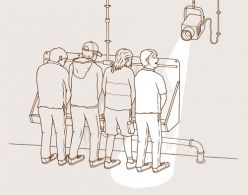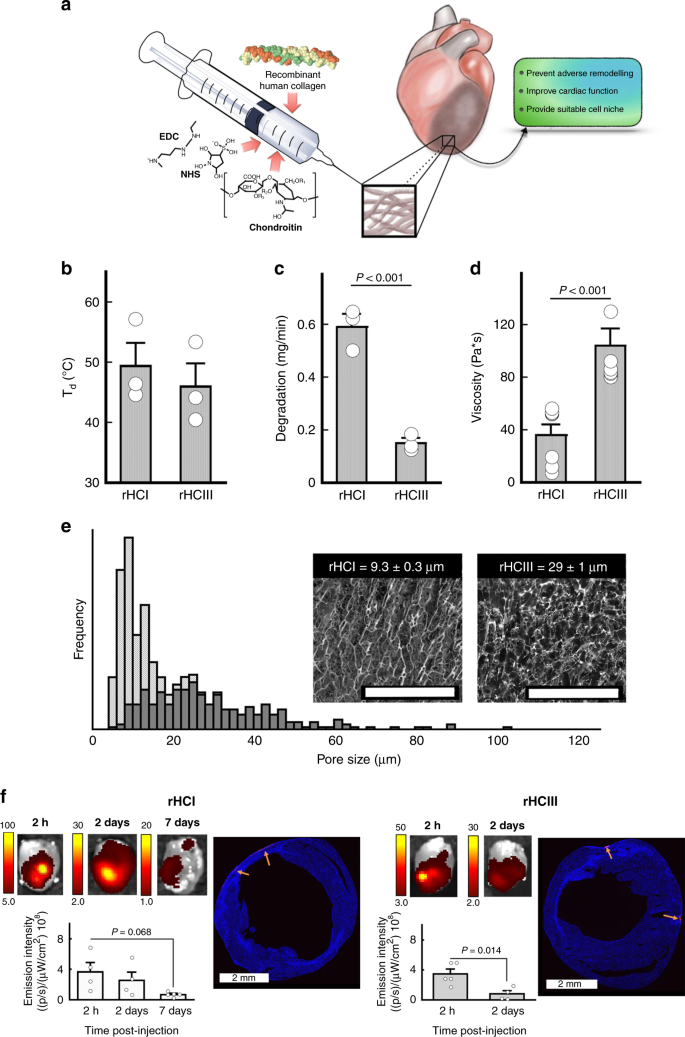The Ancients' Taste for Bone Marrow
"It was believed that early hominins were consuming everything they could put their hands on immediately, without storing or preserving or keeping things for later."
"This [study] is a game changer for our modern conceptions about our ancestors because it is believed that early hominids were not capable of or not accustomed to delayed consumption."
"This gives us a view of them as very similar to us [with the cognitive capacity to plan ahead] and not as some primitive human creatures."
"Until now, evidence has pointed to immediate consumption of marrow following the procurement and removal of soft tissues. In our paper, we present evidence of storage and delayed consumption of bone marrow at Qesem Cave."
"We show for the first time in our study that 420,000 to 200,000 years ago, prehistoric humans at Qesem Cave were sophisticated enough, intelligent enough and talented enough to know that it was possible to preserve particular bones of animals under specific conditions, and, when necessary, remove the skin, crack the bone and eat the bone marrow."
Ran Barkai, archaeologist, Tel Aviv University, Israel
 |
JACK GUEZ/AFP/Getty Images
|
"Prehistoric humans brought to the cave selected body parts of the hunted animal carcasses."
"The most common prey was fallow deer, and limbs and skulls were brought to the cave while the rest of the carcass was stripped of meat and fat at the hunting scene and left there. We found that the deer leg bones, specifically the metapodials, exhibited unique chopping marks on the shafts, which are not characteristic of the marks left from stripping fresh skin to fracture the bone and extract the marrow."
Prof. Jordi Rosell of Universitat Rovira i Virgili (URV) and Institut Català de Paleoecologia Humana i Evolució Social (IPHES)
Qesem Cave, its discovery locating it in central Israel not far from Tel Aviv, is valued as a time capsule of limestone revealing details of the lives and the diets of Paleolithic people dating from 420,000 to 200,000 years ago. A mind-boggling concept of ancient early human life to begin with, and one most people automatically ascribe to the most primitive of evolving humanity eking out a basic life of existence. Clues from the most recent forays into the cave by a team of archaeologists led by Ran Barkai, showed convincingly that ancient humans used stone-fashioned blades to butcher animals they hunted and then barbecued the resulting meat on their campfires.
"It was a surprise. The Qesem hominids have demonstrated very modern behaviour in their livelihood strategies", pointed out Ruth Blasco, zooarchaeologist at the National Research Center on Human Evolution in Spain, lead author on the study. The careful interpretation of the vast multitude of bones discovered in the cave and the marks that led to the hypothesis that further study revealed and confirmed, convinced the scientists that these ancient beings were adept at thinking outside their primitive box which would have had them immediately consuming all that fell into their hands after a hunt.
The cave's earliest inhabitants, according to Dr. Barkai and his colleagues, may also have decided to store marrow-filled animal bones for later consumption. The scientific guesswork based on their findings, appeared to suggest storage of these bones for a period of up to nine weeks, before total rancidity might set in. As such, this represents the earliest example of primitive humans taking well thought-out steps to preserve food for later consumption. A startling indication of an intelligence of these ancients leading them to plan for the future.
"[If the removal of dry skin did leave a unique butchery mark] it's now up to us zooarchaeologists to look for these traces in older fossil assemblages to see if we can document a greater antiquity of this food storage behaviour", commented Briana Pobiner, a paleoanthropologist at the Smithsonian National Museum of Natural History in Washington, who praised the study as a heads-up to other archaeologists who might never have noticed similar markings on bone fragments they may have found elsewhere in much the same manner as the Qesem Cave excavation, and in the light of this new revelation, take closer scrutiny to determine whether the same attention to future need was practised elsewhere.
The Qesem Cave team collected freshly killed deer leg bones for an experiment. The bones were stored for several weeks in conditions identical to what pertained within the cave, and after each week that passed, a researcher would remove dried skin from the bones, hammer a bone open to analyze the marrow and determine how nutritious it would be at each of those stages. The chop marks which were created by this experiment and visible on the bones, were found to be similar to those seen in the Qesem Cave. In the wake of nine weeks' storage the bone marrow fat was seen to have degraded only slightly, remaining nutritious.
 |
| Archaeological testing the longevity of marrow in deer leg bones. Credit: Ruth Blasco |
Of course scientific researchers are extremely curious; a trait that is common to the profession that seeks answers to riddles about humankind's beginnings. If anyone would be interesed enough to wonder how the stored marrow might taste, there is someone on the team who could respond with authority on the matter. "It is like a bland sausage, without salt, and a little stale I can say that its taste was not bad, perhaps a little more rancid in the last weeks, but not bad", assured Jordi Rosell, an archaeologist at Rovirai Virgili University in Spain.
Labels: Early Man, Food Storage, Israel, Paleoarcheology, Research, Science


:max_bytes(150000):strip_icc()/woman-sitting-on-toilet-108149497-58b59eb33df78cdcd876f178.jpg)
























